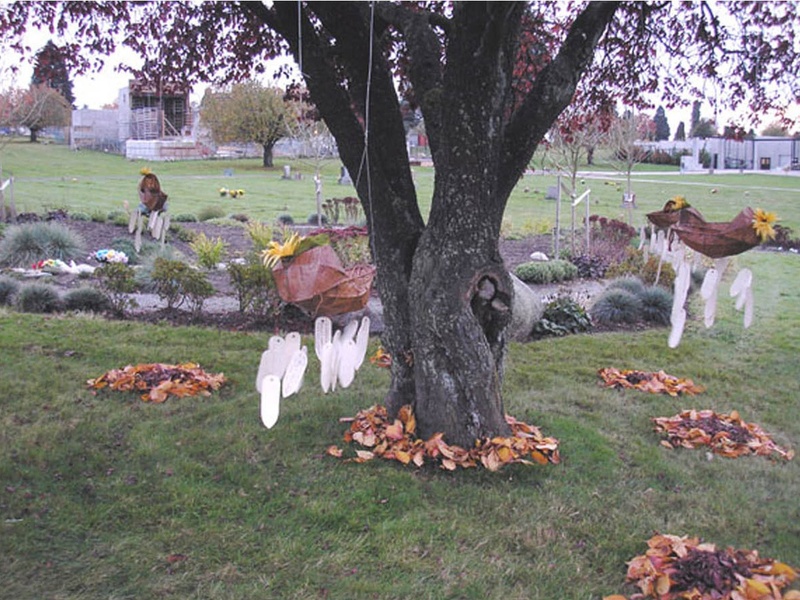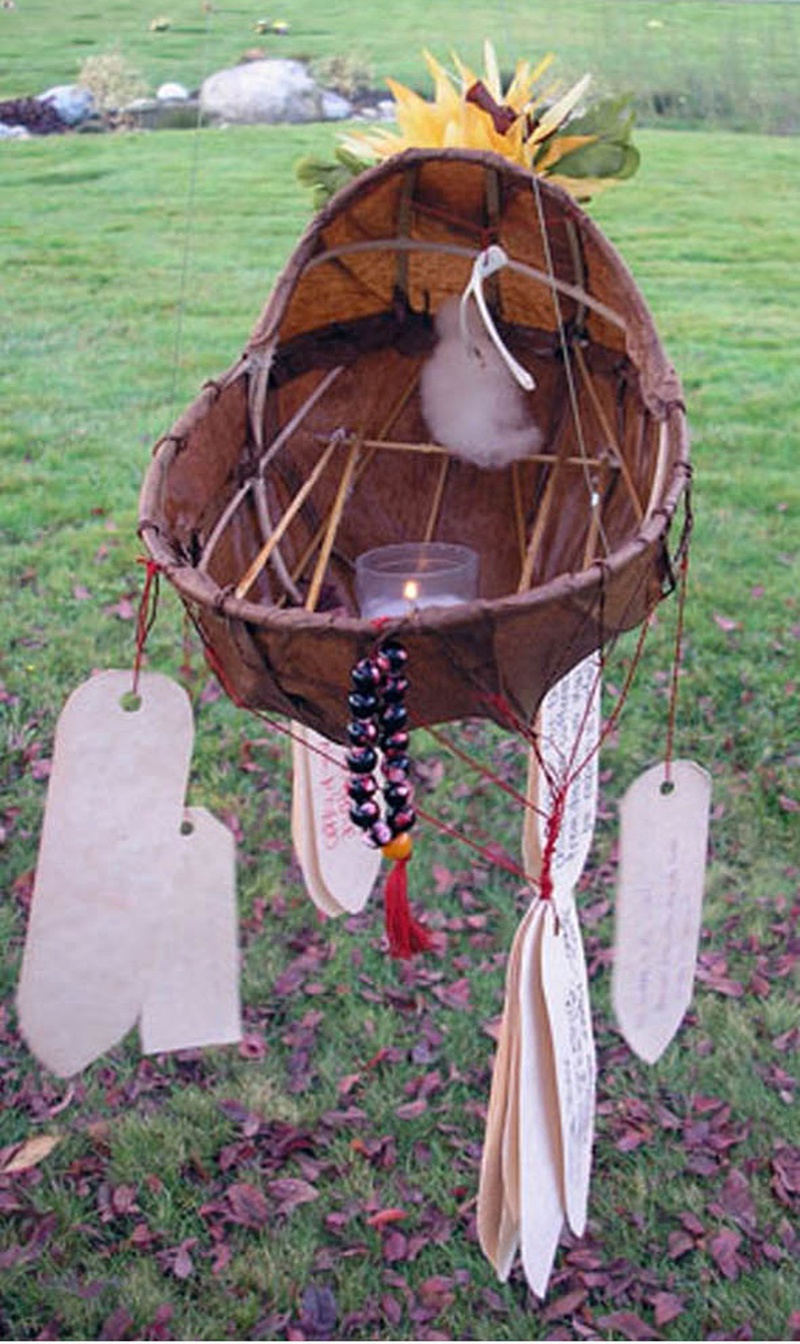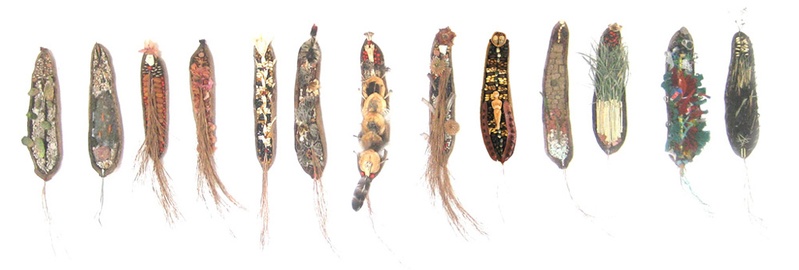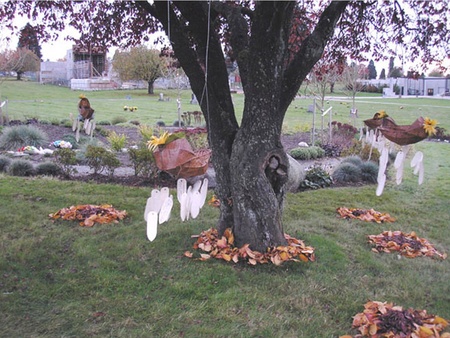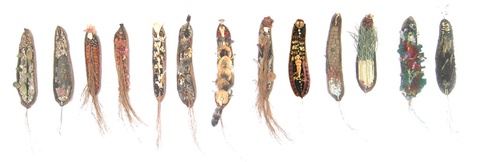What is the value of artists being ‘culturally connected’ to other Japanese Canadians (JCs)?
The value of being culturally connected to other JCs has to be expressed by the JC community otherwise we Nikkei artist are drawn more to interact and form stronger bonds with the communities outside of the JC community.
Our parents focused on their children being successful and so they became business people, professionals as lawyers, doctors, teachers. The emphasis was not on preservation of culture perhaps only within the home. Once redress happened then Nikkei artist, writers, performers, visual artists came into a revival phase but I think that has become less so as time passes.
The challenge now is how do you as people in the JC community want the cultural expression of the community to be like? We are disappearing. Our children more western orientated. Where is the place for art and artists in the community to grow and develop a contemporary Nikkei cultural identity that embraces the past but inspires the future.
Are there any commonalities of theme, etc. within the art created by JCs that you can point out? Are any particularly compelling? How much does race have to do with the art being produced by JCs? What about internment? Have artists worked through this phase of our Nikkei history?
There is a sense of spaciousness in works by Baco Ohama that speaks of both a quiet joy, a sense of loss, and a sense of discovery. Most of what I see is traditional stuff like ikebana. Performance - I look to Kokoro Dance as a contemporary blend of east and west. Story telling - yes there are books and writers like Joy Kogawa and others but in the broad spectrum of art in Canada we are not that visible. Earlier on there was more written material addressing the internment and I myself wrote poetry and did art around that in a book called “Come Spring” but I didn’t get a sense of response from the JC community and that maybe the case for many other Nikkei artists. Where does art stand in the community? Is it a once in awhile entertainment? Do JCs even go to galleries, attend poetry readings or support the arts created by their own? If so how is that expressed?
I recently read a black educator say: “Someone with no past has no pride. They have nothing on which to build a foundation.” Can you comment on this as it relates to our own community?
If we as a distinct community become invisible in the fabric of Canadian culture, we have only ourselves to blame. We need to move forward acknowledging the past but building a future that inspires our youth. What heritage shall we leave them? Classical Chopin and ballet? Karate and Judo clubs? Our parents tried to spare us the pain and shame put upon us by racism and this country we pledged allegiance to but in the process we were not privy to what personally happened to our parents, other family members, the emotional pain it must have caused. Without the past we are vulnerable in our ignorance to repeating to not moving through the experience to a place where we thrive. If we cannot find our soul within our own we will not stop seeking but our gaze will turn outward. For the seeds of longing to find home is in every culture, every person. How it is expressed and satisfied is not dependent on just the seeker but also on the home.
What, if anything, is the significance of being an artist of Nikkei heritage? Is it/should it be as significant for us as black artists, for example?
Being an artist of Nikkei heritage is important as it is for any cultural community for we stand up as role models, markers along a road travelled by all peoples looking for acceptance, for community, a sense of autonomy. It is not the melting pot that makes life rich and diverse. It is differences that give texture and broadens appreciation and understanding of each other.
One of the significant characteristics of Canadian culture, and this is a generalization, is when they have a vacation they go somewhere else to experience cultural richness.
Can you talk a bit about your most recent work and exhibitions? What are you trying to get at? Very organic….. Fukuoka…. can you describe who he was and how his philosophy has impacted your life? How else does this impact how your art?
My work is increasingly moving away from a gallery presentation and moving out into the public realm… the street level infiltrating the managed landscape of urban cities. It forces me to negotiate with bureaucratic processes and institutions and is much more complex and challenging. BUT I am Nikkei and when my work is out in the bigger world it is Nikkei and my philosophy of integration, holistic, respectful engagement with people from all walks of life is from a Nikkei.
So my work in Dr. Sun Yat Sen Park located in Chinatown, Vancouver, is also located in the poorest neighborhood of any Canadian city and is also on the unceded territory of the three Coast Salish nations. So when I do site specific work I try to embrace the history, physical, environmental, political site. I used the languages for food and medicine to connect between the Coast Salish, Japanese and Chinese communities whose history impregnates this land, this particular neighbourhood. I incorporated the input from people from all these communities. Their words are wood burned onto cedar planks mounted in the park for visitors to witness. I did a street level performance “Gifting in Motion” to give out words of hope for the health of the planet that had been contributed in six different languages from workshops I did and through contributions via the internet.
Fukuoka tried to show his people that their old natural ways of farming was better than the introduced western style of using chemicals. His communing with nature showed him that you didn’t need to till, weed or add chemicals to the land but to listen to nature and she will respond with bounty. Masunobu integrated spirit, mind and body with nature and that is what I am trying to do.
As pioneers forging a new path we will never really know the impact of what we offer until we are gone.
On to the Toronto artists conference in April: what might be the importance of having a community of Nikkei artists? How much of this already exists in Vancouver? What might be the end-goal? What might be the barriers of this? How do we overcome these?
There are quite a few Nikkei artists here in the lower mainland of Vancouver but I wouldn’t say we are well connected to one another. I would not speak of us as a community for we rarely come together as such except through the Powell Street Festival Society. For Nikkei artist to feel there is a place for us specifically and sustained as an ongoing entity requires a foundation of a broader Nikkei community. We are fragmented as a community. Some work for Powell Street Festival, some for Tonari Gumi, others out at the Nikkei Museum and Centre but those are specific activities.
For something to catch fire in the imagination of a people they need to feel a sense of inspiration, a recognition of themselves somehow within the movement. We did it for Redress but it took a small group of people and they sacrificed a lot of their personal lives to get us moving in the same direction. There was infighting and fracturing that the Canadian government took advantage of and when money came down the pipe there were those who took advantage of that so much was gained but much remains unresolved. Are we a visible participant as a culture in this country? You tell me. If not then the reasons and solutions are not simple nor is it up to a few to make Nikkei a visible component of Canadian cultural history. The community as a whole needs to do that. Will they?
What does it mean to you to be a west coast BC artist as opposed to an eastern one?
The west coast is where my family began. Having been put through the experience of being Nikkei back east I prefer being here close to where my grandfather, my mother began. I don’t think there is much of a strong connection between east coast and west coast communities other than for events like the PSF or conferences that intentionally bring us together like the Homecoming event in Vancouver that Roy Miki and others organized following the redress.
I don’t know about back east but west coast artistic community is pretty tight. We had so little government support for the arts in the past that we bonded together to create events that drew the attention. Things like Luminaries, Parade of the Lost Souls, the Vancouver Eastside Culture Crawl …. big events drawing over 10,000 people were all began and run by local artists. Having done a residency back east trying to work with artists in Toronto I find west coast artists much more generous with their expertise. Much more supportive of one another. Yes we are seen as laid back or impenetrable by artists coming here from back east especially emerging artist but it’s just a different style of relationship building. We are quicker to collaborate, trade and work with each other.
How is your work on Japanese Canadian pidgin English coming along? Can you talk a bit about how that came to be?
I began researching and incorporating the JC pidgin when I was researching the trader language of west coast indigenous people and it took me into pidgin languages developed by other cultures. I then clicked on Nikkei pidgin and there was nothing documented so I put out calls for pidgin in the local JC newsletter “The Bulletin” and I began collecting pidgin and Japanized words from the community. I took it to the board of the National Nikkei Centre and they were amused and wanted to take it on but the way it was being presented I thought I best wait and keep building on it. Then in 2014 Tosh Kitagawa approached me about it and we formed into a volunteer group to work on standardizing the pidgin and separating it out from what was just japanized english. We have sent out calls for more but this was a language developed by the first and second generation many who have passed on and many who stopped speaking it because of embarrassment or because the influx of post war Japanese influence.
I am pushing to try and get the booklet edited, illustrated and published in time to bring it with me for the symposium but this is done by volunteers so I don’t know if we will make it in time.
By boosting the role of art and artists in the JC community, what can be gained/realized for the benefit of us all?
The sustainability of cultural expression is not by academic analysis alone. If we are to take our place in Canadian history and contemporary and future culture we must encourage and support our artist and artistic expression within and by the JC community and promoted outside of the community as part of our identity. If we are to leave a cultural legacy for our children we as a community must desire that, support that, take part in its creation and its significance to our own and the broader Canadian society.
In particular for young Nikkei artists, do you have any parting words?
Warrior up Yonsei.
* * * * *
Wonder Bred
It’s a brand
of bred in the bones culture
leached of nutritional value,
but promising health.Wonder bread…
the manna from corporate heaven
falls neatly from the Teflon arms
of a dough boy in a chef’s hat.It’s wonder…
crusted in bland blondness
served up with a golden girl smile
to the tune of Good Morning America.Wonder bred…
a sourdough culture raised on hot air,
a culture bleeding rather than feeding
one’s future.It’s no wonder.
white flour power
comes sliced or unsliced…
two loaves for the price of one.~ Haruko Okano
© 2016 Norm Ibuki


